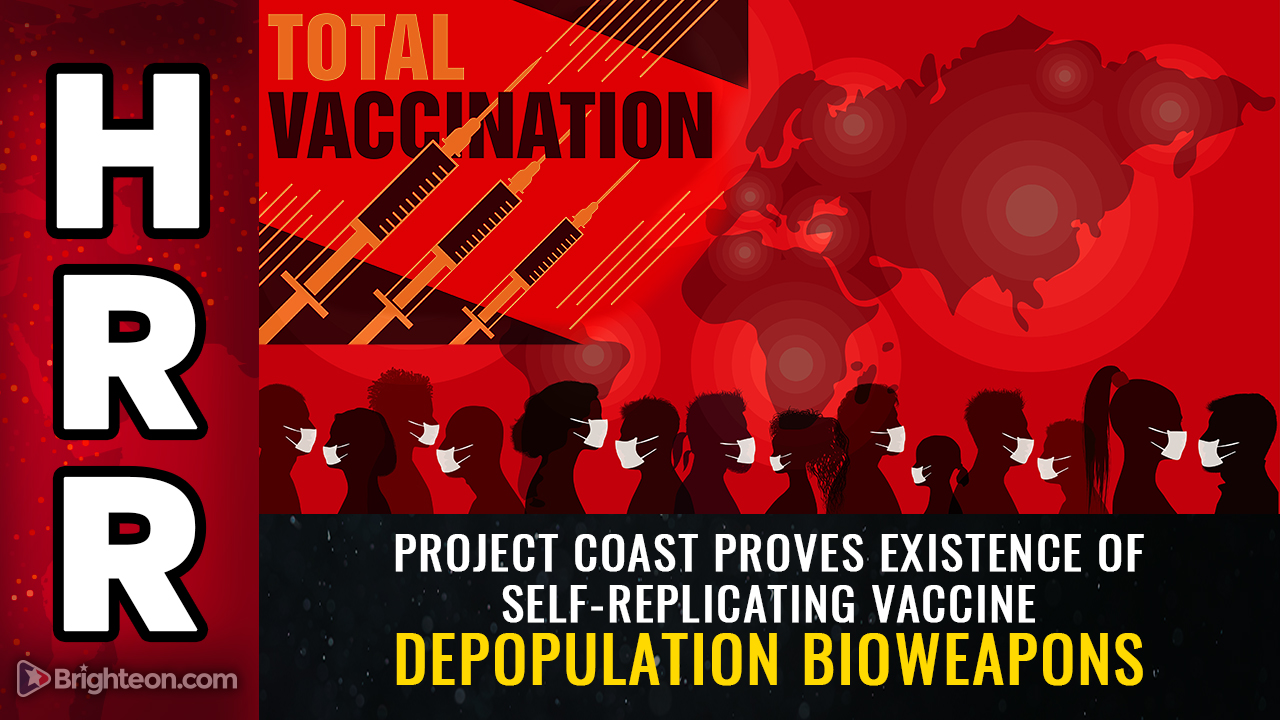
Maternal exposure to pesticides linked to childhood tumors
Experts have examined pesticide exposures as risk factors for the development of childhood brain cancers. But they have yet to assess the risk of developing childhood brain cancers from exposure to specific pesticides. (Related: California is going after another dangerous pesticide: Chlorpyrifos has been linked to brain damage.) To that end, Lombardi and her colleagues from the University of California, Los Angeles made use of the California Cancer Registry to identify cases of childhood CNS tumors in children below six years old. Overall, the researchers found 667 cases of CNS tumors in children below six. They matched each one with 20 controls to increase the statistical power of their findings. They then checked pesticide application records from the California Department of Pesticide Regulation's (CDPR) Pesticide Use Reporting (PUR) system to determine whether chemicals classified as possible carcinogens were used within 2.5 miles of the mothers' homes at the time of the children's births. Results showed that maternal exposure to certain pesticides heightened the risk of certain childhood CNS tumors by 2.5 times, even if the mother was not a farmworker. Pesticides found to increase the risk of childhood CNS tumors include thiophanate- and kresoxim-methyl, chlorothalonil, bromacil, triforine, propiconazole, dimethoate and linuron. Co-author Julia Heck said their findings are more precise than those of previous studies on pesticide exposure, which usually grouped pesticide use into broad categories based on type, such as herbicides or insecticides. Heck added that their results suggest that exposure to specific pesticides may best explain the results of earlier studies that reported a link between broader pesticide types and CNS tumors. Due to the risks that pesticide exposure poses on pregnant women and children, the researchers called for policy interventions to reduce pesticide exposure among people living near farms. "The simplest way to mitigate these risks is by reductions in exposure to pesticides," said co-author Myles Cockburn. This can be done by restricting harmful practices like aerial spraying and air blast. Exposure to pesticides may also be reduced by promoting farming methods that limit reliance on pesticides.More studies linking maternal pesticide exposure to greater risk of childhood brain tumors
There are several studies linking pesticide exposure to diseases in pregnant women and their children. A study published in Cancer Causes and Control in 2013 showed that women exposed to termite pesticides within a year of pregnancy were nearly twice as likely to have a child that develops a brain tumor than women not exposed to termite pesticides. In 2017, a study published in the International Journal of Cancer showed that the residential use of pesticides was associated with a greater risk of childhood brain tumors. In particular, pregnant women who use pesticides in the home put their children at 1.4 times the risk of developing a brain tumor before the age of 15. Go to Pesticides.news to learn more about the potential impacts of pesticide exposure on human health. Sources include: EcoWatch.com BeyondPesticides.org 1 BeyondPesticides.org 2By Lance D Johnson // Share
Whitmer threatens Michigan: Get vaccinated or stay locked down and masked forever
By Ethan Huff // Share
Young man suffers HEART ATTACK after getting injected with Pfizer vaccine
By Ethan Huff // Share
Biden mulls requiring all military forces to receive coronavirus vaccine
By Nolan Barton // Share
Man kicked off Southwest Airlines flight for not wearing a mask WHILE EATING candy
By Ramon Tomey // Share
California fog traps pollution, sparking health concerns
By willowt // Share
Syrian migrant threatens nightclub in Germany with AK-47 after being turned away
By ramontomeydw // Share
Climate science under scrutiny: Study challenges validity of global temperature metrics
By bellecarter // Share
The censorship of mask science: How evidence against mask efficacy is being purged
By patricklewis // Share
Study: Sugary drinks cause more Type 2 diabetes than sugary foods
By avagrace // Share











